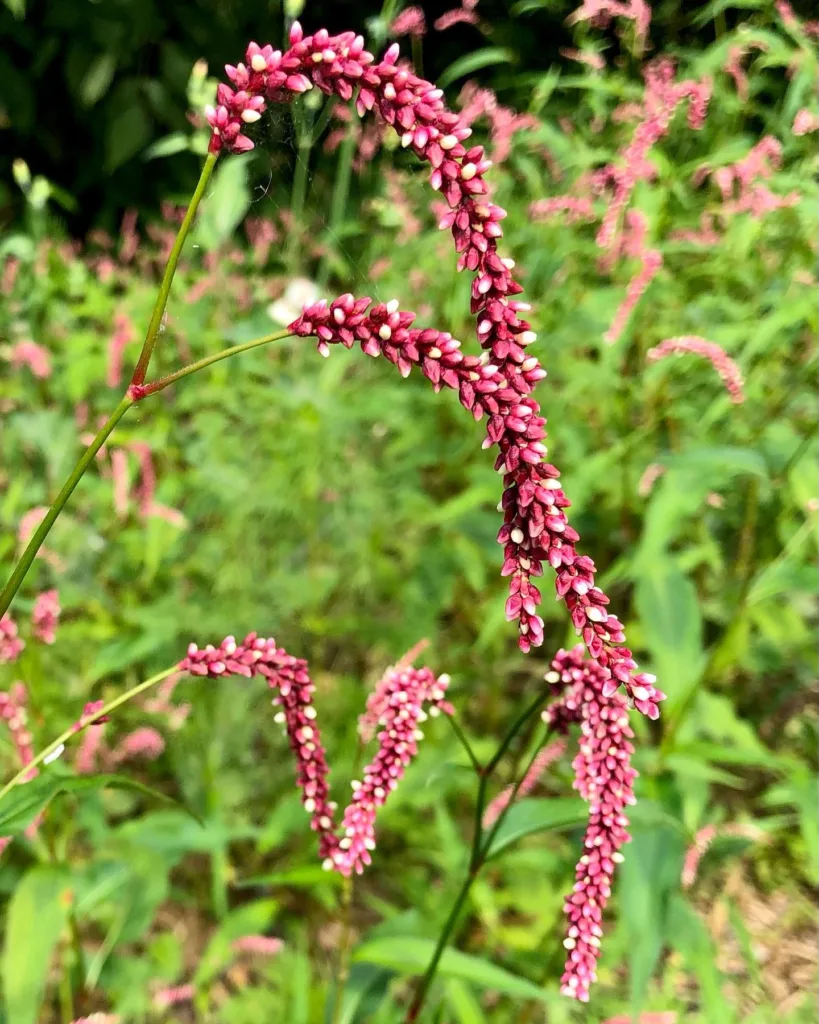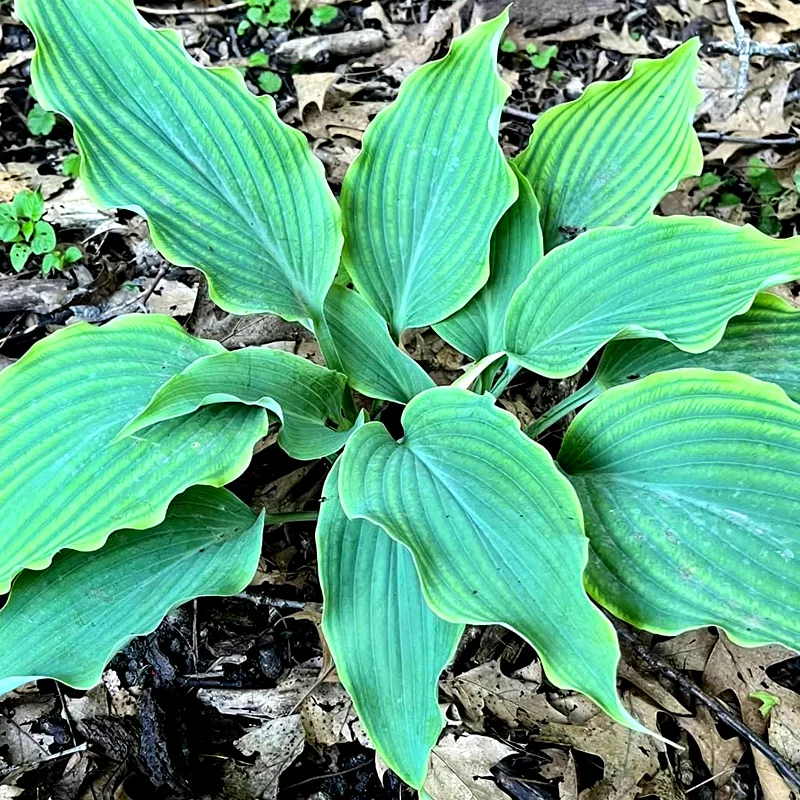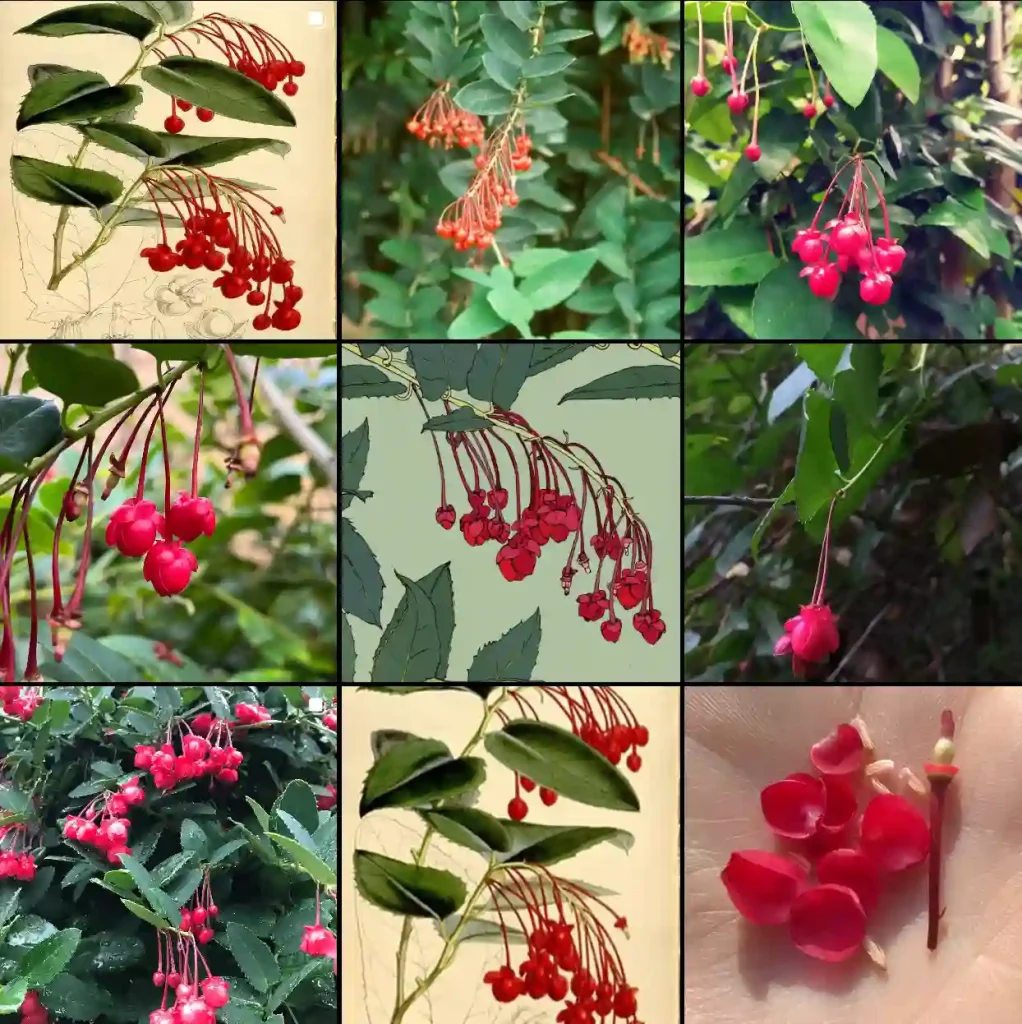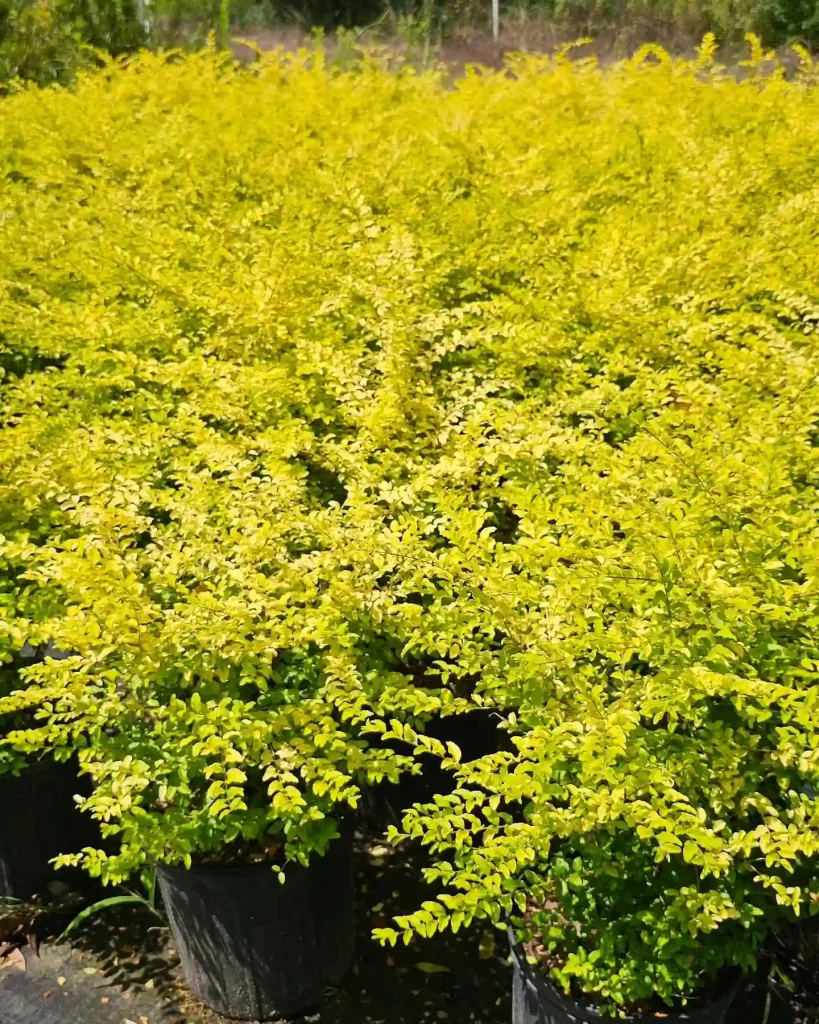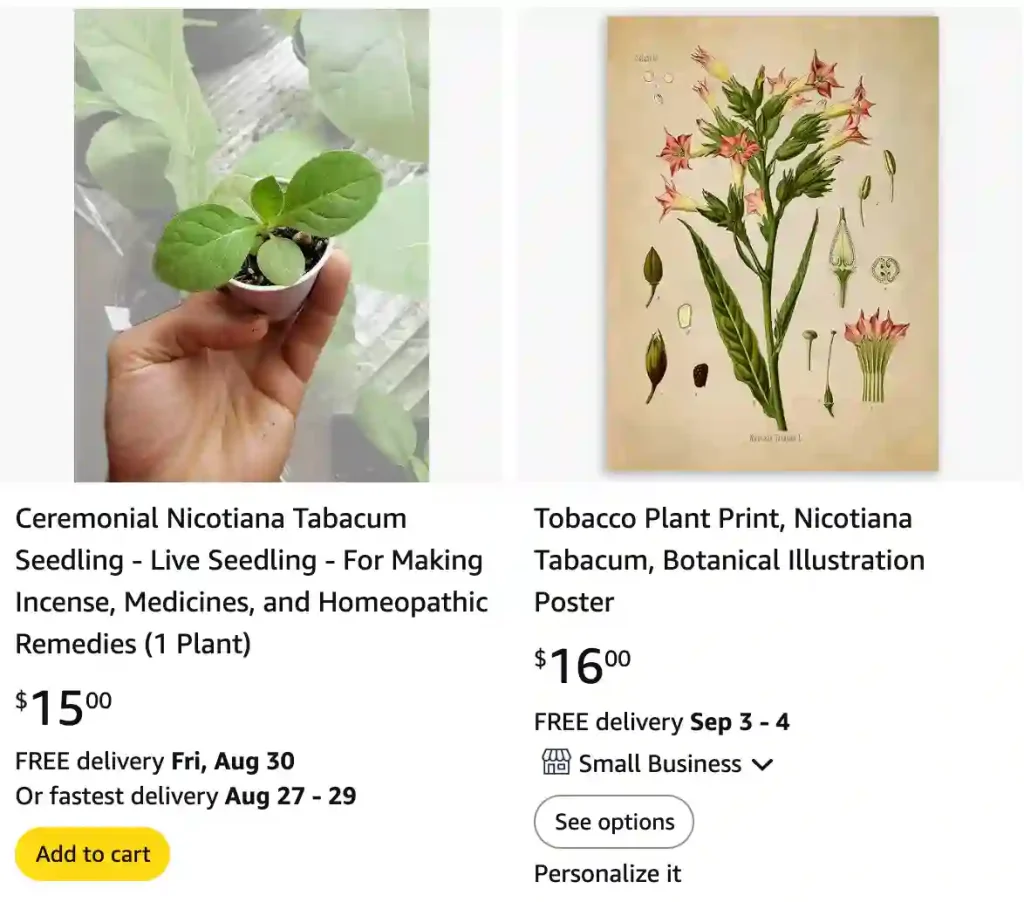
FAQs About the Tobacco Plant
As someone who has grown and studied the Tobacco Plant (Nicotiana Tabacum) over the years, I’ve come across a lot of questions about this intriguing plant. From its appearance to its care and its comparison with other plants, there’s quite a bit to know. Here’s a rundown of the most frequently asked questions about Tobacco Plants.
105 Species in Genus Nicotiana
What Does a Tobacco Plant Look Like?
The Tobacco Plant is quite distinctive. It typically grows to a height of about 3 to 6 feet, though some varieties can be even taller. The leaves are large, broad, and can vary in color from green to yellowish-green. They have a somewhat fuzzy texture and are arranged in a rosette at the base. As the plant matures, it sends up a tall flower spike that can reach up to 2 feet in height. The flowers are tubular and can be white, pink, or purple, depending on the variety.
How to Plant Tobacco?
Planting Tobacco is straightforward if you follow a few key steps. First, choose a well-drained, sunny location for your Tobacco Plants. They thrive in rich, loamy soil with a pH between 5.8 and 6.8. Prepare the soil by tilling it and adding compost to enhance its fertility. Space the plants about 18 to 24 inches apart to allow for their full growth.
How to Plant Tobacco Seeds?
Starting Tobacco from seeds requires a bit of patience. Begin by sowing the seeds indoors about 8 to 10 weeks before the last frost date. Scatter the seeds on the surface of a seed-starting mix, but do not cover them, as they need light to germinate. Keep the soil consistently moist and maintain a temperature of around 70°F. Once seedlings are big enough to handle and the danger of frost has passed, harden them off by gradually exposing them to outdoor conditions before transplanting them into your garden.
When to Plant Tobacco?
The best time to plant Tobacco depends on your region. Generally, you should plant Tobacco outdoors after the last frost in spring. If starting from seeds, begin the process indoors about 8 to 10 weeks before the anticipated outdoor planting date. This timing ensures that your Tobacco Plants will be established and robust enough to withstand the growing season.
Where to Buy Tobacco Plants?
Tobacco Plants can be purchased from a variety of sources. Many garden centers and nurseries offer them, especially in regions where Tobacco is commonly grown. Online retailers and specialty seed companies are also excellent options. When purchasing, make sure to select reputable sources to ensure the quality of your plants.
Why Do Flowers on Tobacco Plants Change in Appearance?
The flowers on Tobacco Plants can change color as they mature. Initially, they may appear as small, green buds. As they open, they can range from white to pink or purple, depending on the variety. This color change is a normal part of the flowering process and helps attract pollinators.
Are Tobacco Plants Perennial?
Tobacco Plants are generally grown as annuals in most regions, meaning they complete their life cycle within a single growing season. In their native tropical and subtropical environments, they can behave as perennials, but in cooler climates, they usually need to be replanted each year.
Are Tobacco Plants Poisonous?
Yes, Tobacco Plants are considered toxic. All parts of the plant, including the leaves, stems, and seeds, contain nicotine, which can be harmful if ingested. This toxicity extends to humans and animals, so it’s important to handle the plant with care and keep it away from pets and small children.
Tobacco Plant vs Marijuana
Tobacco and Marijuana are often confused, but they are quite different. Tobacco comes from Nicotiana tabacum, while Marijuana comes from Cannabis sativa. Tobacco leaves are generally used for smoking or chewing, while Marijuana is used primarily for its psychoactive effects. Additionally, Tobacco Plants have large, broad leaves and tubular flowers, whereas Marijuana Plants have more serrated leaves and distinctive flower clusters.
How to Care for Tobacco Plants?
Caring for Tobacco Plants involves regular watering, especially during dry periods. They also benefit from periodic fertilization with a balanced fertilizer. Keep an eye out for pests and diseases, and remove any affected leaves to prevent the spread of issues. Tobacco Plants also require ample sunlight to thrive.
How to Propagate Tobacco Plants?
Tobacco Plants can be propagated from seeds or through cuttings. Starting from seeds is the most common method, but if you have a mature plant, you can take cuttings from healthy, young shoots. Dip the cuttings in rooting hormone and plant them in a moist, well-drained medium.
What to Plant With Tobacco?
Tobacco Plants pair well with other heat-loving plants like tomatoes and peppers. These companions share similar growing conditions and can benefit from the same care. Avoid planting Tobacco next to plants that are prone to similar pests and diseases to reduce the risk of spreading problems.
Is Tobacco Toxic?
As mentioned earlier, Tobacco is toxic to both humans and animals. Nicotine, the active compound, is a potent poison and should be handled with caution. It’s best to keep Tobacco Plants out of reach of children and pets to prevent accidental ingestion.
Common Problems with Tobacco Plants
Common issues with Tobacco Plants include pest infestations, such as aphids and tobacco hornworms, and diseases like tobacco mosaic virus. To manage these problems, regularly inspect your plants and apply appropriate treatments, such as insecticidal soap or disease-resistant varieties.
By understanding these aspects of the Tobacco Plant, you can make informed decisions about growing and caring for this fascinating plant. Whether you’re interested in its unique appearance or its role in your garden, the Tobacco Plant offers a lot to explore.
If i die, water my plants!
